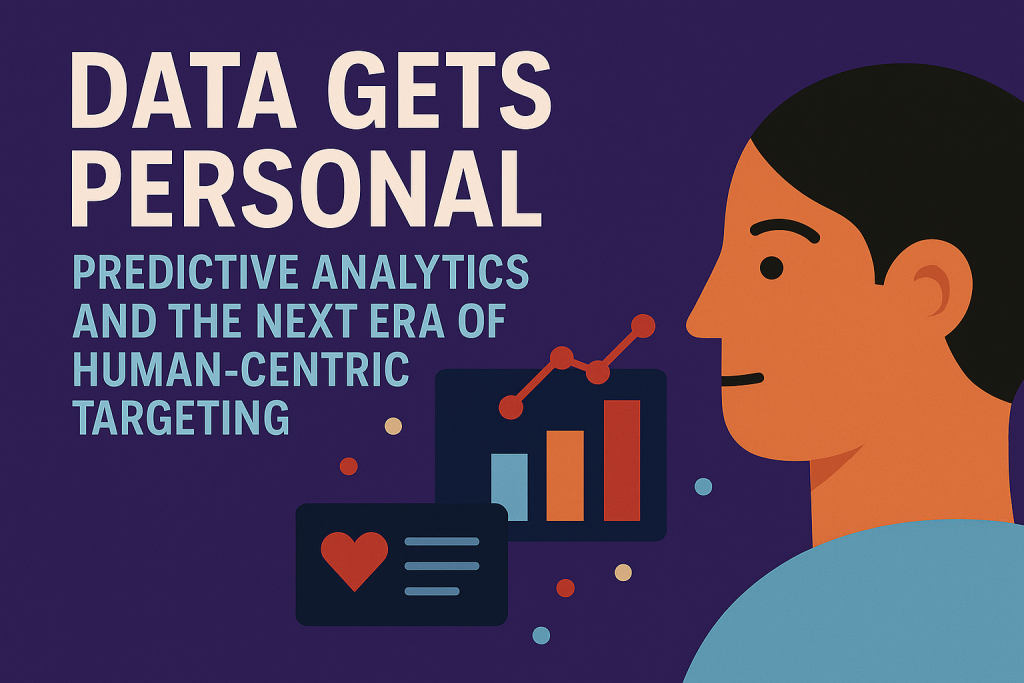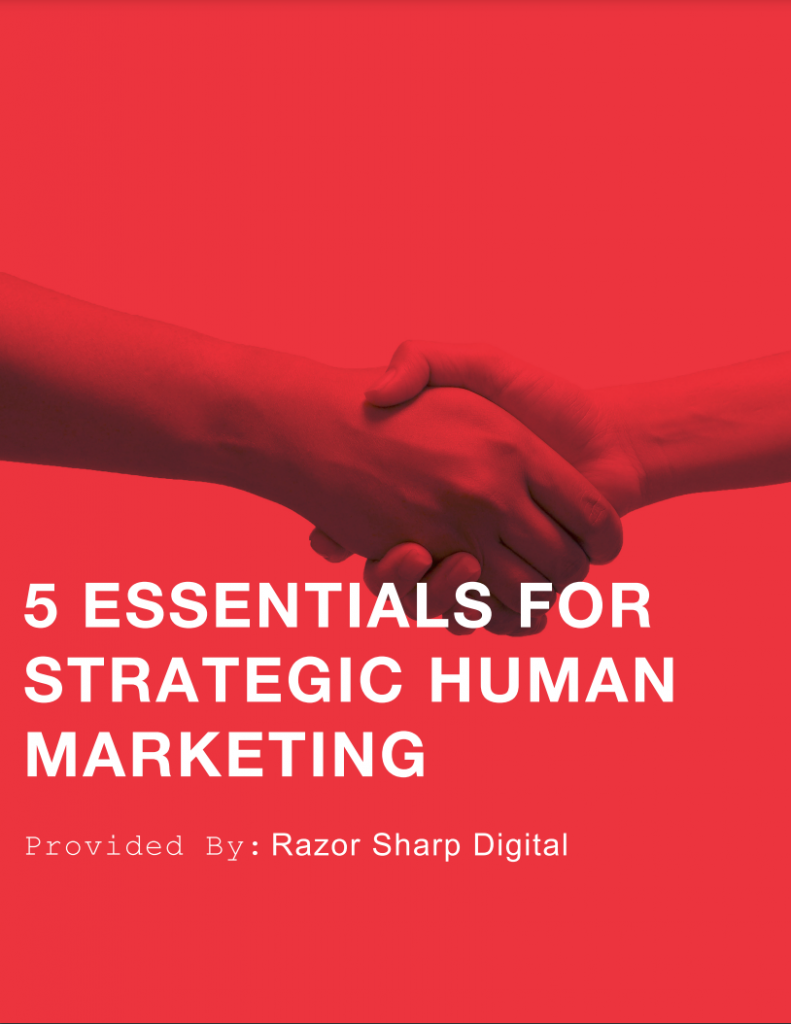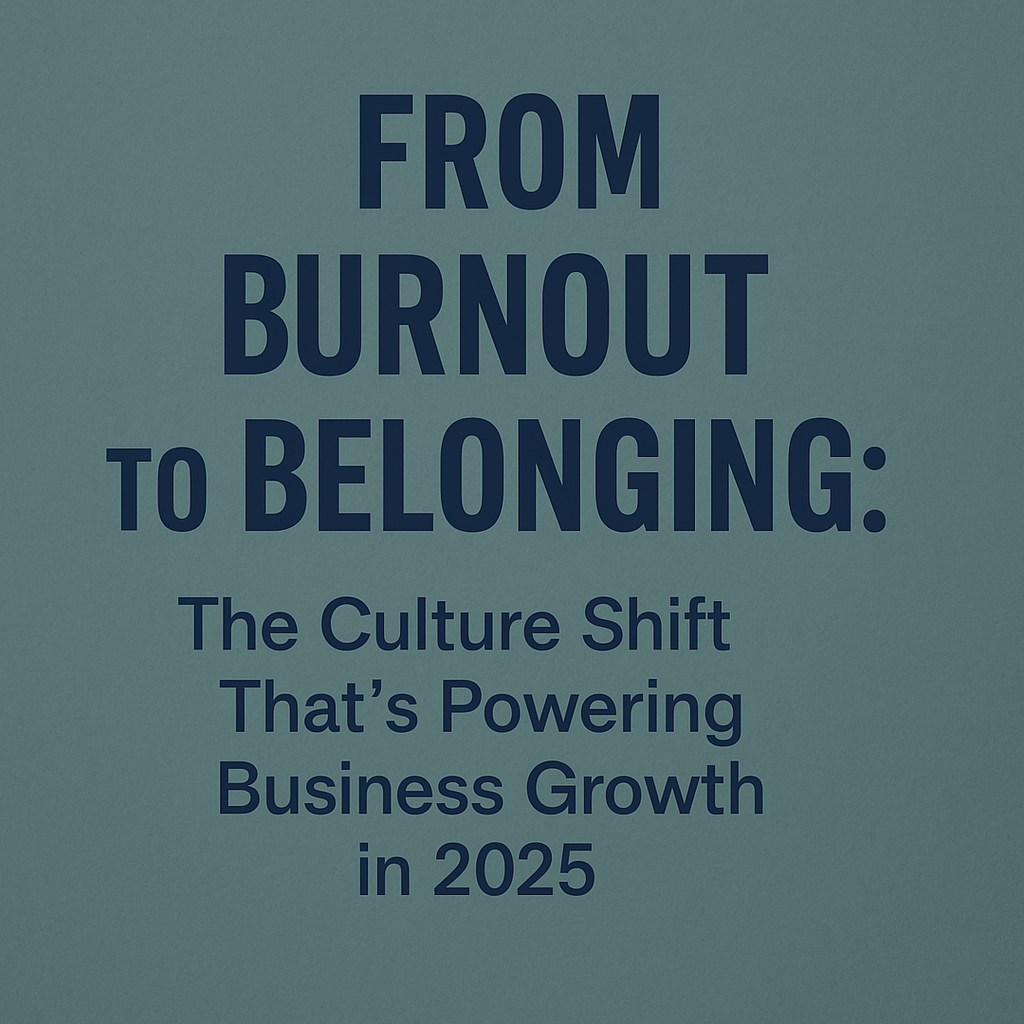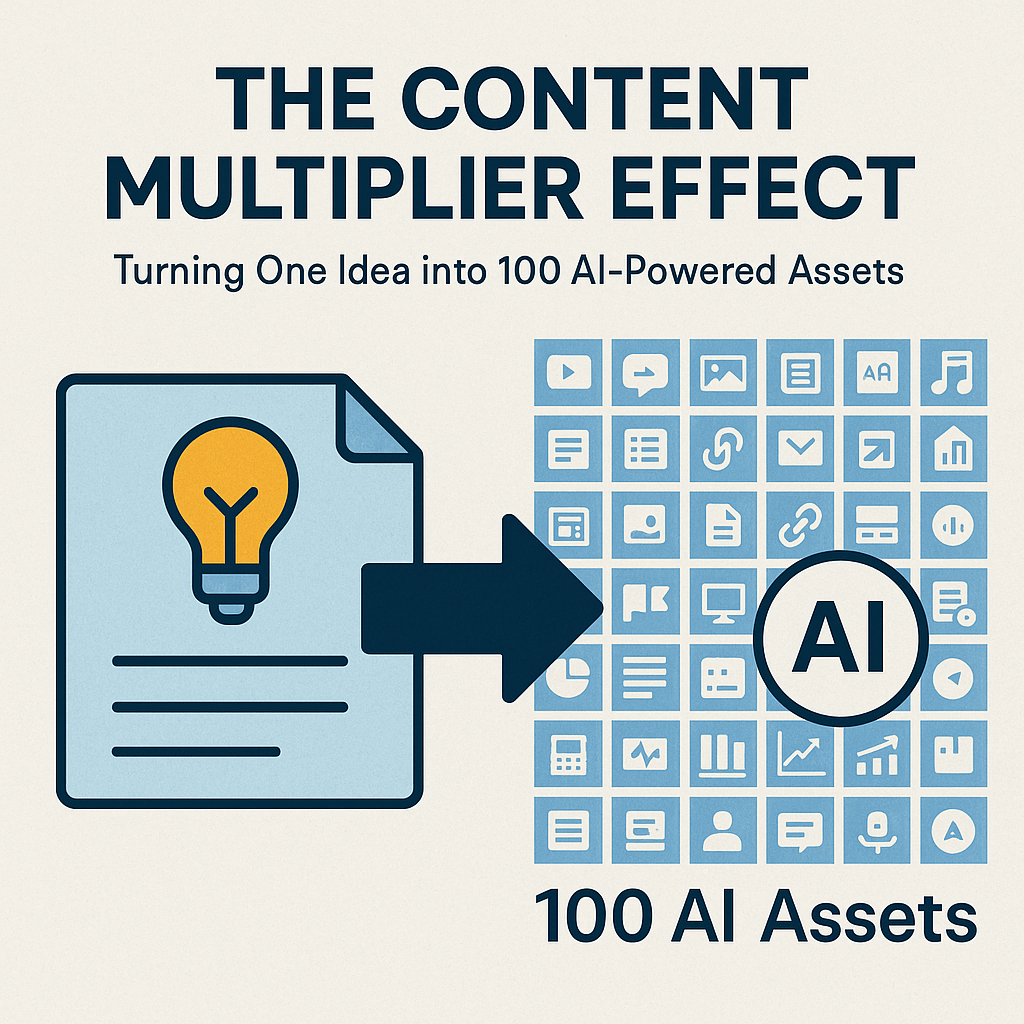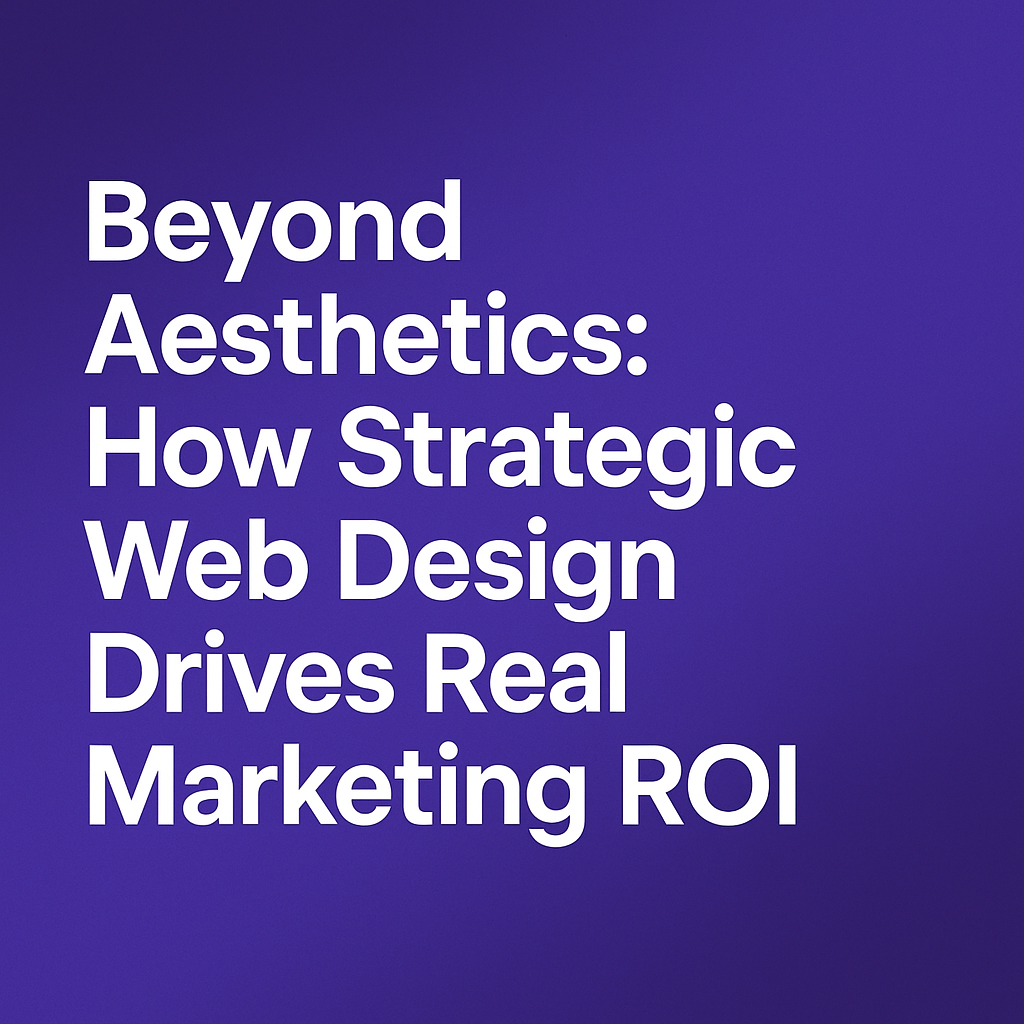This article explores how predictive analytics is changing the game for digital marketers, what it takes to do it well, and how to keep it human even while it’s technical.
Why predictive analytics matters now
Predictive analytics is the process of using historical and current data to forecast future events or behaviours. Google Cloud+2SAS+2 In marketing, this means moving beyond asking “What happened?” to asking “What’s likely to happen next — and what should we do about it?”
Several factors make this moment particularly ripe:
The volume and variety of customer data being collected (web behaviour, mobile, social, IoT) provide new signals that were previously inaccessible.
Advances in machine learning, data infrastructure and cloud computing have made it feasible to build predictive models at scale. Google Cloud+1
Budget pressures on marketing teams mean more expectation to demonstrate ROI—and predictions help allocate resources more effectively. Improvado
Customer expectations are shifting: they expect brands to “get them” and deliver value tailored to their context—not bombard them with irrelevant messages.
When you combine these, it’s clear: the traditional “spray and pray” approach won’t cut it. Brands that use predictive analytics can anticipate needs, tailor messages, optimize timing and channel—and as a result, build deeper relationships. amplitude.com+1
What human-centric targeting really means
“Human-centric targeting” might sound like a marketing buzzphrase, but it’s meaningful when you break it down:
Empathy + data – You’re still using algorithms, but the goal is to treat customers as individuals with preferences, context and evolving needs—not just as segments on a spreadsheet.
Shared value – The relationship is balanced: the brand delivers something relevant to the person, and in return receives engagement, loyalty, or conversion.
Anticipation, not just reaction – Instead of waiting for the customer to act (and then respond), you anticipate so you can be proactive.
Trust and transparency – As with any data-based approach, respecting privacy, being transparent about use of data, and building trust matter.
Continual learning – The “customer” isn’t static: behaviours evolve, contexts change, and the predictive models must evolve as well.
When these elements come together, predictive analytics enables a shift from broadcast-messaging to dialog-driven, need-aware interactions. The result: higher relevance, better experience, and ultimately stronger business outcomes.
Use cases: Where predictive analytics is already changing marketing
Let’s walk through some concrete use cases of predictive analytics in marketing that illustrate how human-centric targeting plays out.
1. Churn prediction and retention
By analyzing patterns of behaviour (e.g., declining login frequency, reduced session length, change in purchase cadence), brands can predict which customers are at risk of leaving. Using that prediction, they can intervene with personalized offers or outreach. Predictive analytics helps brands move from “who left” to “who’s likely to leave” and act. Itransition+1
2. Cross-sell and upsell opportunities
Predictive models can estimate which customers are most likely to respond to an upgrade or complementary product. Instead of mass upsell campaigns, brands can target only those with a high probability of conversion — and message them with tailored value. Bloomreach+1
3. Content / creative optimization
By analyzing past engagement (clicks, time on content, bounce rate) and customer attributes, predictive tools can forecast which audiences will respond best to which kinds of creative. That means marketers can pre-select combinations of audience + message + channel that maximize impact rather than weather vague experiments. amplitude.com
4. Real-time next-best-action / journey orchestration
Modern predictive systems can go beyond static predictions to dynamic next-step suggestions: “This customer browsed X and traditionally buys Y within Z days — let’s serve them a tailored message now.” Such orchestration ensures that the right message lands at the right moment in the customer journey. Champlain College Online
5. Audience segmentation that evolves
Traditional segmentation often uses static criteria (age, gender, geography). Predictive analytics allows segment definitions to evolve based on behaviours and predicted states (e.g., “about to upgrade”, “likely to lapse”, “high lifetime value”). This means segmentation becomes more fluid, more contextual and more predictive in nature. 6sense
How to build a predictive analytics-powered marketing program
It’s one thing to admire the potential; it’s quite another to implement it. Here’s a roadmap for turning predictive analytics into an operational, human-centric targeting engine.
Step 1: Define your business objective
Start with the question you’re trying to answer: reduce churn by 20 %? Increase average order value? Improve engagement in a certain segment? A clear objective focuses the analytics on outcome, not just exploration.
Step 2: Inventory and prepare your data
Predictive models thrive on high-quality data: purchases, web behaviour, mobile app logs, CRM records, demographic/contextual info. But they also require clean, pre-processed, well-governed inputs. The workflow often looks like: acquire → clean → transform → store / access. Google Cloud+1
Step 3: Select the right techniques and tools
Depending on the problem, you might use regression models, decision trees, neural networks or ensemble methods. These techniques enable you to find relationships between variables and forecast outcomes. Google Cloud+1
Choose tools that fit your scale and complexity: some firms lean into off-the-shelf predictive-marketing platforms; others build custom solutions. Improvado
Step 4: Build and validate your model
Develop the model, training it on historical data, validating against held-out sets, measuring accuracy, lift, precision/recall (depending on the use case). This step often exposes data issues, assumptions and business logic gaps.
Step 5: Deploy operationally and integrate with marketing systems
A model isn’t useful unless it drives marketing action. Integrate the predictive score into your campaign management, CRM automation, customer‐journey engine or personalization platform. The predictive insight must be actionable.
Step 6: Monitor, learn and iterate
As behaviours shift and environments change, models must be revisited. The best programs include ongoing monitoring of model performance, drift detection, recalibration and business-stakeholder feedback loops.
Step 7: Drive human-centric execution
Even with the best model, the execution layer matters: relevant messaging, thoughtful channel choice, customer privacy respect, testing and learning culture. The “human” in “human-centric” shows up here—how you talk to the customer, how you respect their preferences, how you build trust.
Pitfalls, risks and ethical considerations
Great power brings great responsibility. Predictive analytics offers huge opportunities — but also a set of known risks and ethical considerations that marketers must address.
Data bias and fairness
If the training data reflects biases (demographic, geographic, behavioural), the model may replicate or amplify unfair patterns. That could mean inadvertently neglecting certain groups or targeting in unethical ways.
Privacy and transparency
Customers are more aware of how their data is used, and regulations (e.g., GDPR, CCPA) demand transparency, consent and data stewardship. Predictive models that feel “creepy” or opaque can damage trust rather than build it.
Over-reliance on prediction
While predictions can guide decisions, they are probabilistic—not deterministic. A model might identify “high risk of churn” but it doesn’t guarantee it. Marketers must still apply human judgment, creative nuance, context.
Model drift and degrading performance
Behaviours change, markets shift, data relationships evolve. Without monitoring, the model may become outdated and deliver wrong signals—wasted spend, mis-targeted messages, poor experience.
Ethical targeting and “dark patterns”
Just because you can anticipate someone’s next step doesn’t mean you should exploit it in a manipulative way. For example, targeting someone about a potential life change they haven’t told anyone else might feel invasive. Marketers must balance insight with respect.
What the future holds: from personalised predictions to meaningful experiences
The next wave of human-centric targeting is already emerging—and it looks beyond “predict what will happen” to “orchestrate how things should happen”.
Reinforcement of real-time orchestration
Real-time data streams (mobile gestures, geolocation, in-app behaviour) will feed predictive engines so that next-best-action decisions happen in milliseconds. The “customer moment” becomes more granular and contextually aware.
Predictive + prescriptive
While predictive analytics forecasts outcomes, prescriptive analytics recommends actions based on those forecasts (what to do next). Marketers increasingly will move from “who is likely to do this” to “what should we do to influence that?”. Investopedia
Greater use of generative AI and hybrid human-AI models
Generative models will enhance personalization—crafting creative, messaging or offers tailored to predicted customer states. Combined with predictive scoring, this means content becomes more dynamic and personalized at scale.
Smarter data-ethics frameworks
With the risks more visible, we’ll see improved standards for fairness, transparency, consent and auditability in predictive marketing. Human-centric means ethically centered too.
Evolution of the “customer data product”
As brands mature, predictive models will become embedded in the “customer experience engine” — influencing product development, service design, loyalty programmes and ecosystem partnerships, not just campaign decisions.
How your team can get started (and scale)
Here are actionable steps to embed predictive analytics into your marketing practice in a human-centric way:
Pilot one high-impact use case: Choose something measurable and specific (e.g., boost repeat purchase among mid-tier customers).
Assemble cross-functional team: Data scientist + marketing strategist + operations/integration lead. Make sure marketing, IT and business stakeholders are aligned.
Ensure data readiness: Map data sources, check data quality, define required transformations.
Select tooling with scalability in mind: If you start small, choose platforms or frameworks that will grow.
Define KPIs early: Conversion lift, retention improvement, increased lifetime value, reduced cost per acquisition.
Integrate action-oriented outputs: The predictive score must feed into a campaign or system that triggers a tangible action (message, next step, journey).
Monitor and iterate: Weekly or monthly checks on model accuracy, business outcome, data drift.
Document and govern: Privacy, consent, ethics. You’ll need policies and transparency around data use and targeting logic.
Scale gradually: Once the pilot shows value, broaden scope to additional segments, channels, journey stages.
Elevate the human element: Train marketers to interpret predictive signals, craft empathetic messaging, treat each person as more than a score.
In an era of ever-increasing data, complex customer journeys and rising expectations, the brands that win won’t just have more data—they’ll have smarter data, driven by predictive analytics, and applied with a human-centric mindset.
By shifting from reactive workflows to predictive insights, marketers can anticipate needs, tailor experiences, and build stronger relationships with their audiences. But the power lies not just in the models or the algorithm—it lies in the human inside the loop. After all, people don’t respond to scores—they respond to trust, value and relevance.
If you’re ready to move your marketing into the next era—where data truly becomes personal, and your targeting becomes thoughtful—then building a predictive analytics-powered, human-centric strategy is your next step.


